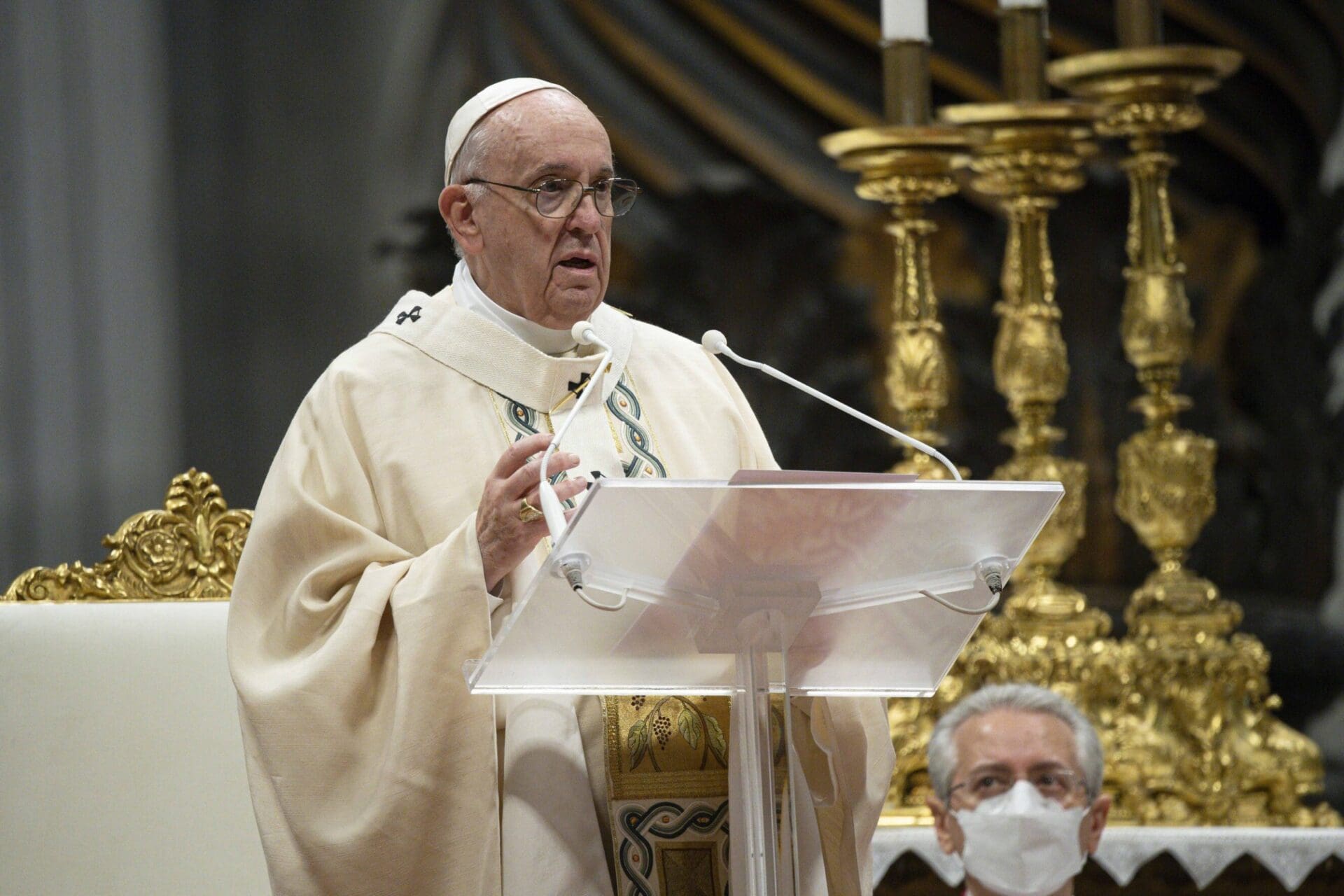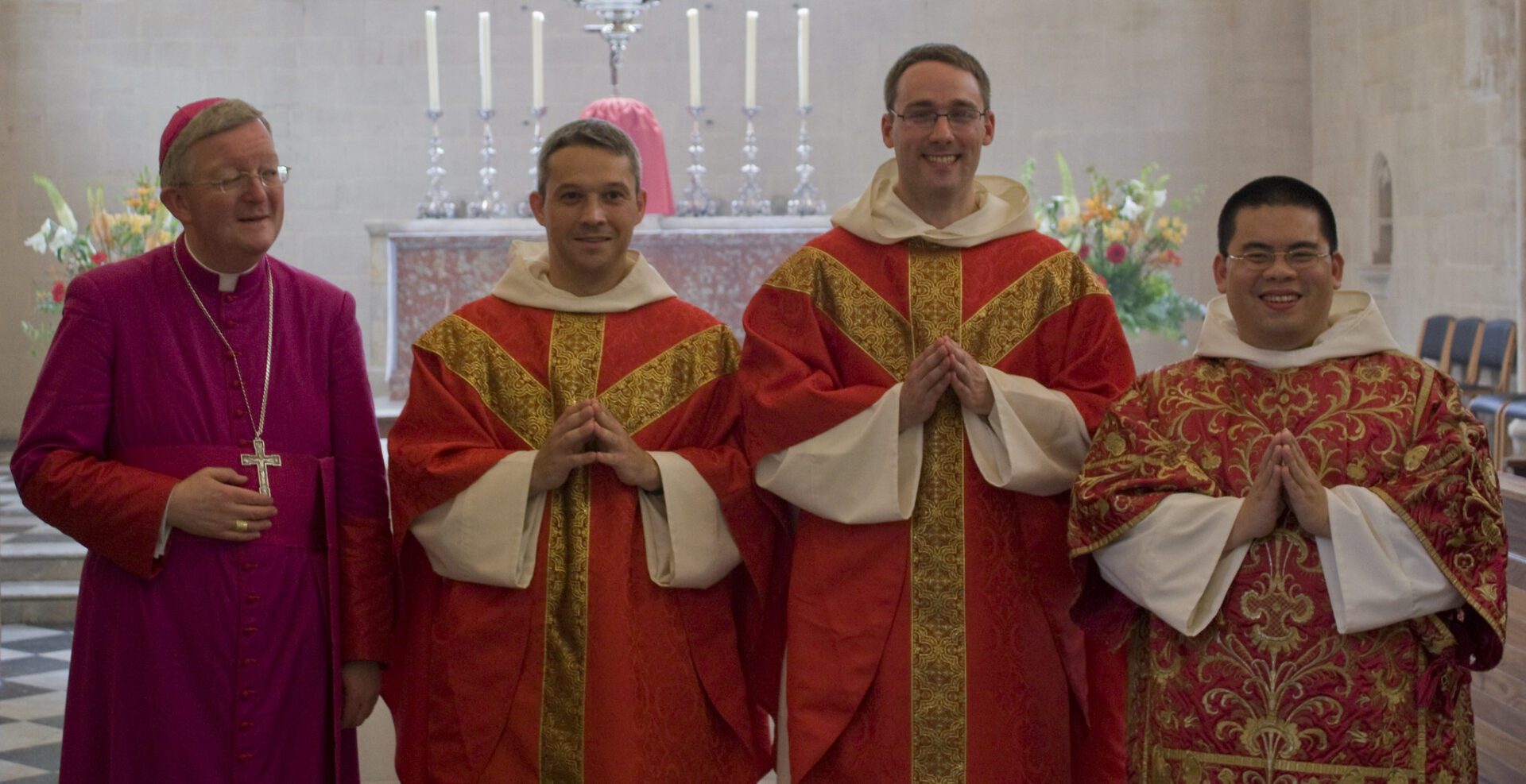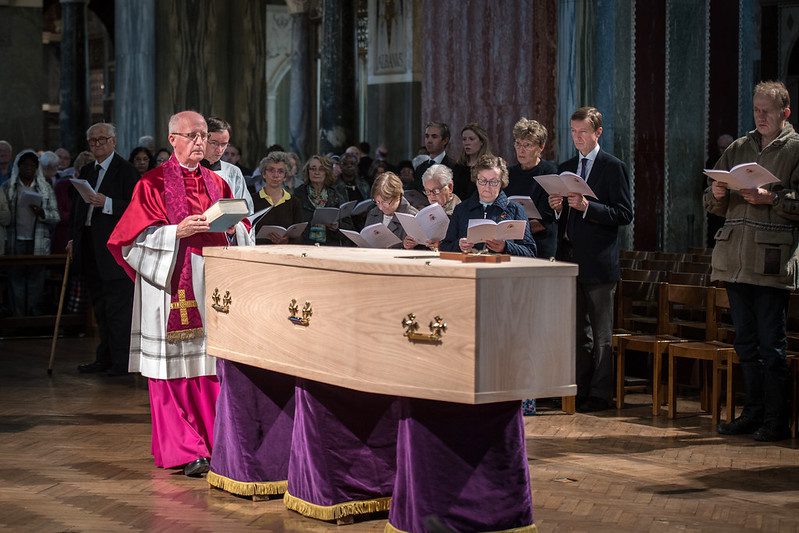A: Conscientious pastors regularly look for the best ways to form their liturgical assemblies. Bulletin inserts are employed, pamphlets and other reading (like Adoremus Bulletin!) are made available in the church, and even classes or parish missions focus on liturgical formation. And as helpful as these and similar means may be, instruction and explanation as the Mass actually unfolds may be more beneficial. But are such “teaching Masses”—where the priest, deacon, or another interjects brief explanations—allowed?
The question of real-time catechesis during Mass is not entirely new. The 1958 instruction De Musica Sacra et Sacra Liturgia by the Sacred Congregation for Rites allowed for the use of a “commentator” who, if used rightly, aids the people’s prayer. The Instruction devotes an entire section to the role, beginning with this explanation: “The active participation of the faithful can be more easily brought about with the help of a commentator, especially in holy Mass, and in some of the more complex liturgical ceremonies. At suitable times he should briefly explain the rites themselves, and the prayers of the priest and ministers; he should also direct the external participation of the congregation, that is, their responses, prayers, and singing” (96).
It then goes on the describe his role: “The explanations and directions to be given by the commentator should be prepared in writing; they should be brief, clear, and to the point; they should be spoken at a suitable time, and in a moderate tone of voice; they should never interfere with the prayers of the priest who is celebrating. In short, they should be a real help, and not a hindrance to the devotion of the congregation” (96c).
At this stage of liturgical history (1958), the Mass was celebrated entirely in Latin, and a commentator’s instructions could assist the faithful to participate in a rite that had, for many, become difficult to engage. The reforms following the Second Vatican Council were intended to simplify and adapt, where possible, to the needs of praying participants—making the need for a commentator unnecessary. But while going from In nomine Patris… to “In the name of the Father…” allowed some greater degree of access to the mystery, there is still much catechesis and formation that is necessary. And perhaps it is because of this ongoing need that the General Instruction of the Roman Missal (GIRM) still lists among liturgical ministers the commentator “who, if appropriate, provides the faithful briefly with explanations and exhortations so as to direct their attention to the celebration and ensure that they are better disposed for understanding it. The commentator’s remarks should be thoroughly prepared and notable for their restraint. In performing this function the commentator stands in a suitable place within sight of the faithful, but not at the ambo” (105b).
Although the commentator’s role remains “on the books,” this ministry is rarely seen in the parish. Still, pastors can look to the GIRM’s instructions for the commentator when creating his own remarks—“thoroughly prepared and notable for their restraint”—along with being aware of those places offered to the priest himself throughout the Mass. In addition to offering explanatory remarks on texts of the Mass during the homily (GIRM, 13, 65), the priest celebrant is permitted, “in a very few words, to give the faithful an introduction to the Mass of the day (after the initial Greeting and before the Penitential Act), to the Liturgy of the Word (before the readings), and to the Eucharistic Prayer (before the Preface), though never during the Eucharistic Prayer itself; he may also make concluding comments regarding the entire sacred action before the Dismissal” (GIRM, 31).
In short, and based on current legislation, the priest celebrant may teach about the liturgy during Mass within the homily, but also briefly at only a handful of places throughout the liturgy, but not outside of these.


